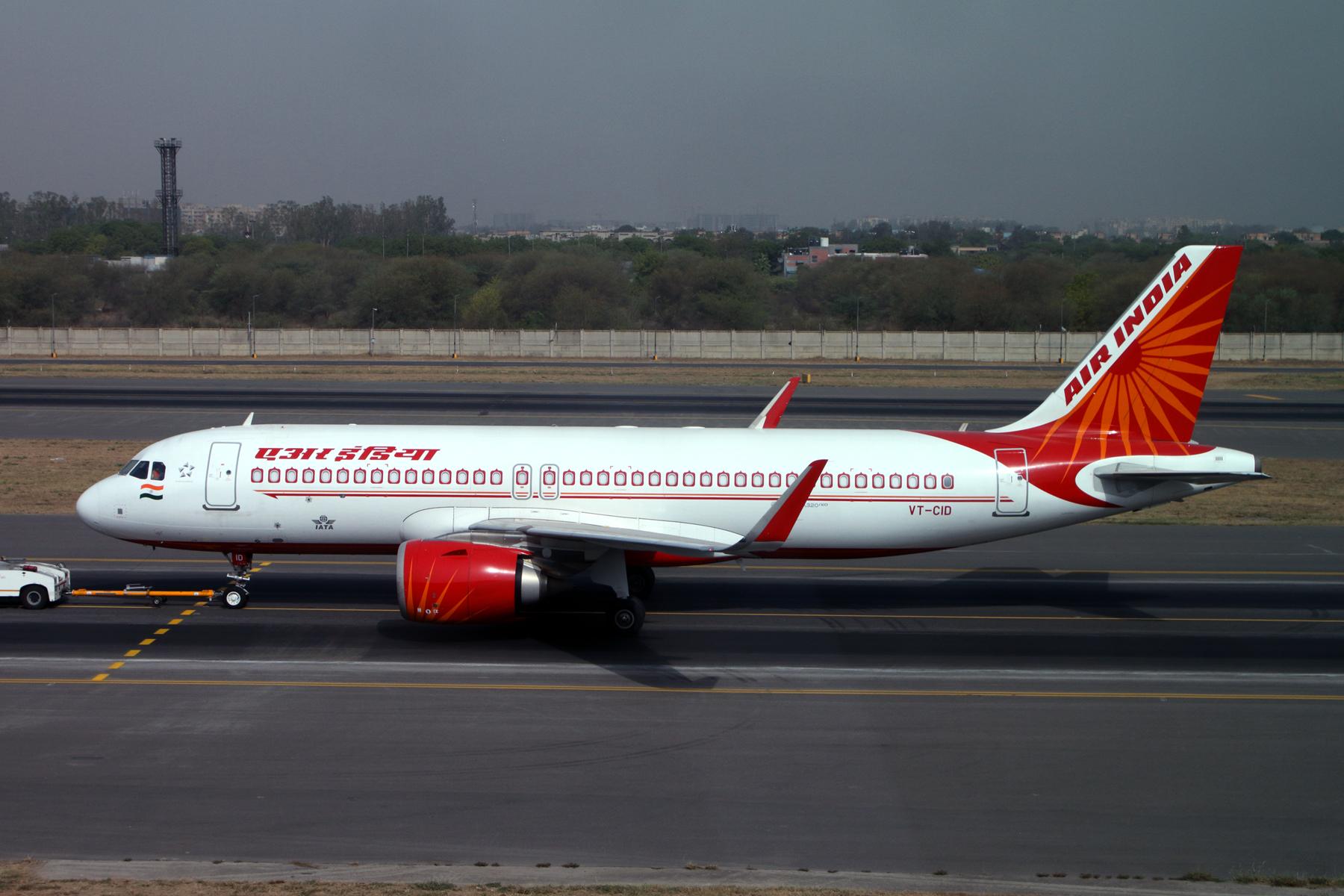アジア太平洋地域で徐々に再開する国際線ネットワーク | More International Travel Links Emerge In Asia-Pacific

アジア太平洋地域のいくつかの国では、特定の国同士での渡航制限を緩和するための、暫定的ではあるが重要な動きが始まっている。
相当の制限は残ることから、その効果は限定的なものになるが、このような取り組みはより幅広い「グリーンゾーン」の設定がどこで・どのように実現できるかを示唆するものだ。
直近の動きとしてはシンガポールが挙げられる。一部のアジア諸国に対して隔離措置の緩和・撤廃を実施しており、マレーシアとは相互に渡航制限を緩和した。最近になってインドも活発な動きを見せており、国外在住の自国民を帰国できるようにするための大規模な取り組みの一環として、複数国との調整を進めている。
これらの動きは、以前から進められてきた取り組みが進展したものだ。最も早かったのは、5月に中国と韓国の間で必要不可欠な渡航を制限付きで認めたもので、続いて6月には中国とシンガポールの間でも認められた。
しかし、それ以降はほとんど進展がない。各国政府は渡航制限の緩和について交渉を進めていると強調するが、実際に合意まで至ったものはほとんどない。多くの国で新型コロナウィルス感染拡大の第2波が発生していることも、制限緩和の障害になっている。
シンガポールが一部の国への渡航制限を緩和することに極めて積極的なことは理解できる。この国の経済は輸送・貿易のハブとしての役割に大きく依存しており、世界的な国境閉鎖はシンガポール航空に特に大きなダメージを与えている。
シンガポール政府は、9月1日からブルネイおよびニュージーランドからの入国者に対する隔離措置を撤廃する。ただし、到着時の検査は必要で、事前に渡航許可を取得する必要がある。また、低リスクと判断された国からの入国者は、隔離期間が従来14日間だったものが7日間に短縮された。これらの国はオーストラリア(ビクトリア州を除く)・中国本土・マカオ・マレーシア・台湾・ベトナムだ。
しかし、これには大きな問題がある。一般的に、これらの措置は相互に行われるとは限らないということだ。たとえば、ニュージーランドの入国管理局はシンガポールの動きを受けても、自国の厳しい入国制限/隔離措置の緩和は考えていないことを明らかにしており、他の国も特別な調整は行っていない。これでは、シンガポール側が隔離措置を緩和したところで、その恩恵を受けられる旅行者は激減してしまう。
このような問題を抱えていながらも、航空業界はこの動きを歓迎している。アジア太平洋航空協会の事務局長・Subhas Menon氏は、シンガポールの取り組みを「正しい方向に向かうための重要な一歩」と評価している。「旅行者に大きな負担をかける隔離措置ではなく、適切な検査体制に代えることは、地域における航空旅行と経済回復を促進する上での基準を設定することになる」と同氏は述べた。また、IATAもシンガポールの取り組みを歓迎している。
対照的に、今月から始まった別の取り組みは、交渉が進められてきた大きな枠組みの一部であることから、一方通行ではなく相互運用される。この中では、シンガポールと隣国マレーシアの間で、必要不可欠な公式訪問および国外での長期就労のための渡航が可能になる。この制度の利用者は90日おきに一時帰国のための入国が可能になっている。
インドも渡航制限の緩和について交渉を大きく前進させた国のひとつだ。ただし、これは主に国外に滞在中の自国民が帰国する場合の制限を緩和することが目的だ。
この協定は、インドとフランス・ドイツ・モルディブ・カタール・アラブ首長国連邦・イギリス・アメリカとの間で締結されている。また、インドの民間航空大臣は他にも13カ国と同様の交渉を進めていることを明らかにしている。
この合意に基づくフライトは、コロナ危機により国外に取り残されたインド国民を帰国させるために実施されているVande Bharat Mission(VBM)の一部だ。現在までに、このプログラムを通じて100万人以上がインドに帰国し、およそ15万人が再び国外の拠点に戻るためにインドを出国した。VBMは第5フェイズが現在進行中で、第6フェイズが9月1日から10月24日にかけて実施される予定だ。このフライトで最も大きなシェアを持っているのはエア・インディアだが、他の航空会社もVBMの合意に基づく国際線の運航を計画している。ビスタラとスパイスジェットは、なんとロンドン・ヒースロー空港の一時的な発着枠をも確保している。
ここまでに挙げてきたアジア太平洋地域における合意や協定は、航空会社が必要としているような海外渡航の完全な開放には程遠いものだ。しかし、このような状況下においては、これは正常化に向けた重要な最初のステップである。こういった初期の取り組みは、最終的にはより幅広い枠組みへと発展する可能性があり、国際線ネットワークを再構築しようとしている他の国にとっての道しるべにもなるだろう。
以上は、Adrian SchofieldがAviation Dailyいた記事です。Aviation Week Intelligence Network (AWIN) のメンバーシップにご登録いただくと、開発プログラムやフリートの情報、会社や連絡先データベースへのアクセスが可能になり、新たなビジネスの発見やマーケット動向を把握することができます。貴社向けにカスタマイズされた製品デモをリクエスト。
A handful of Asia-Pacific governments are taking tentative—yet significant—steps to resume international travel with certain countries.
While substantial restrictions still limit their effectiveness, these efforts could point to how and where broader travel bubbles could be achieved.
The most recent moves are by Singapore, which has reduced or even removed quarantine requirements for select Asia-Pacific countries and set up a bilateral corridor with Malaysia. India has also been active lately, as it establishes corridors to multiple markets as part of its massive effort to allow Indians overseas to return.
These developments follow earlier initiatives in the region. The first such agreements allowed limited essential travel between China and South Korea beginning in May, and between China and Singapore in June.
Since then there has been little progress, however. While many Asia-Pacific governments stress they are in discussions with other countries regarding travel corridors, few have resulted in actual agreements. A second wave of coronavirus cases in many parts of the region has helped cool enthusiasm toward opening borders.
It is understandable that Singapore features so prominently in efforts to resume international travel with some markets. The country relies heavily on its status as a key transport and trade hub, and global border closures have been particularly damaging to Singapore Airlines.
The Singapore government said it will remove the quarantine requirement for travelers from Brunei and New Zealand from Sept. 1, although they still have to undergo a COVID-19 test on arrival and apply for a travel pass in advance. For a further group of countries and territories deemed lower-risk for coronavirus, the quarantine is reduced from 14 to seven days. This covers Australia (aside from the state of Victoria), mainland China, Macau, Malaysia, Taiwan and Vietnam.
However, an important caveat is that these steps are generally not reciprocal in nature. For example, New Zealand border agencies say they are not easing their own stringent entry and quarantine restrictions following Singapore’s move, and other countries are also not adjusting their settings. This drastically reduces the number of travelers that would take advantage of Singapore’s relaxed quarantine rules.
Despite this, airline industry groups are praising the initiative. Singapore’s moves are a “very important step in the right direction,” said Subhas Menon, director general of the Association of Asia Pacific Airlines. “Adopting a testing regime without onerous quarantine requirements sets a standard worth emulating in facilitating air travel and economic recovery in the region,” he said. IATA also welcomed Singapore’s latest steps.
In contrast, a separate initiative launched this month is bilateral rather than unilateral as it is part of a negotiated agreement. This establishes a corridor between Singapore and neighbor Malaysia for essential official travel, and also for those with long-term work in the other country. Workers under this plan can return home for a visit every 90 days.
India is another country that has made significant progress in negotiating travel corridors. These are primarily intended for repatriation flights, with travelers still needing to follow quarantine and entry restrictions from both countries.
Such agreements have been reached between India and France, Germany, the Maldives, Qatar, the United Arab Emirates, the UK and the U.S. India’s aviation minister has said the government is negotiating similar arrangements with 13 other countries.
Flights under these agreements are part of India’s Vande Bharat Mission (VBM), which is intended to bring home Indian nationals stranded by the pandemic. So far more than one million people have returned to India through this program, with nearly 150,000 leaving India to return to other countries. The fifth phase of VBM is underway, and a sixth phase is due to run from Sept. 1 to Oct. 24. Air India has carried the largest share of these passengers, but other Indian carriers are also taking the opportunity to launch international flights under the VBM agreements. Vistara and SpiceJet have even secured temporary slots at London Heathrow Airport.
All of these Asia-Pacific agreements and policies obviously fall far short of the type of unrestricted access for international travelers that airlines need. But under the circumstances, they are an important and necessary interim step towards normality. Early initiatives like these could eventually flourish into broader arrangements, and they could provide roadmaps for other countries as they also look to reestablish international links.